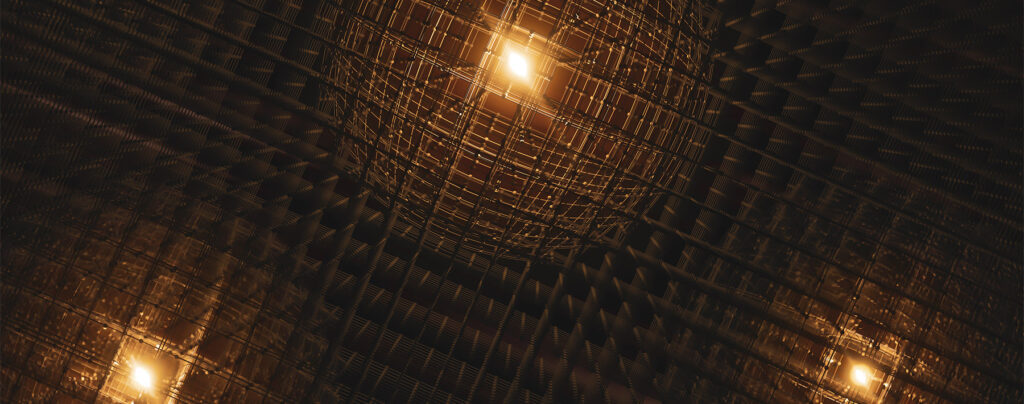Scientists have observed fleeting Polarons Quasiparticles for the first time. Polarons are important nanoscale phenomena. It is basically a transient configuration between electrons and atoms ( known as quasiparticles) that exists for only trillionths of a second.
There are unique characteristics of these configurations that help us understand some mysterious behaviours of materials they form within. Polarons were measured in lead hybrid perovskites, next-gen solar cell materials that promise to boost conversion rates beyond the silicon panels that are primarily used today.
Scientists trained light on single crystals of lead hybrid perovskites, watched them with a giant X-ray free-electron laser called the Linac Coherent Light Source (LCLS), capable of imaging materials at the smallest scales over the shortest times, down to trillionths of a second (or picoseconds) in order to find Polarons.
Physicist Burak Guzelturk from the Argonne National Laboratory explained that putting a charge into a material by hitting it with light liberates electrons which start to move around the material.
A kind of bubble of local distortion-the polaron surrounds these electrons and travels with them. There is an argument that this bubble protects electrons from scattering off defects in the material and helps explain why they travel so efficiently to the solar cell’s contact to flow out as electricity.
It is not yet clear as to why perovskites are as promising as solar panel material in spite of having defects which limit the flow of current through them. Polarons could be of help in this case.
Polarons are essentially brief travelling distortions of the material’s atomic lattice structure and were shown to shift around 10 layers of atoms outwards. The distortion increased the spacing of the surrounding atoms by about 50 times to 5 billionths of a metre over tens of picoseconds.
The distortions or bubbles were larger than what we expected and allowed movement by the flexible and soft atomic lattice structure of the hybrid perovskite. The material is in some ways behaving as a solid and a liquid at the same time.
Materials scientist Aaron Lindenberg from Stanford University added that these materials have helped them take the field of solar energy research by storm because of their high efficiencies and low cost.
“The idea that polarons may be involved has been around for several years, but our experiments are the first to directly observe the formation of these local distortions, including their size, shape, and how they evolve.”
Even though the use of perovskites is present in solar energy production, we still have challenges that are to be taken care of. We still have a lot more to learn and this could help us be more efficient in terms of solar energy production.
“While this experiment shows as directly as possible that these objects really do exist, it doesn’t show how they contribute to the efficiency of a solar cell,” says Lindenberg. “There’s still further work to be done to understand how these processes affect the properties of these materials.”
Journal Reference:
Guzelturk, B., Winkler, T., Van de Goor, T.W.J. et al. Visualization of dynamic polaronic strain fields in hybrid lead halide perovskites. Nat. Mater. (2021). https://doi.org/10.1038/s41563-020-00865-5
Press Release: Stanford University

